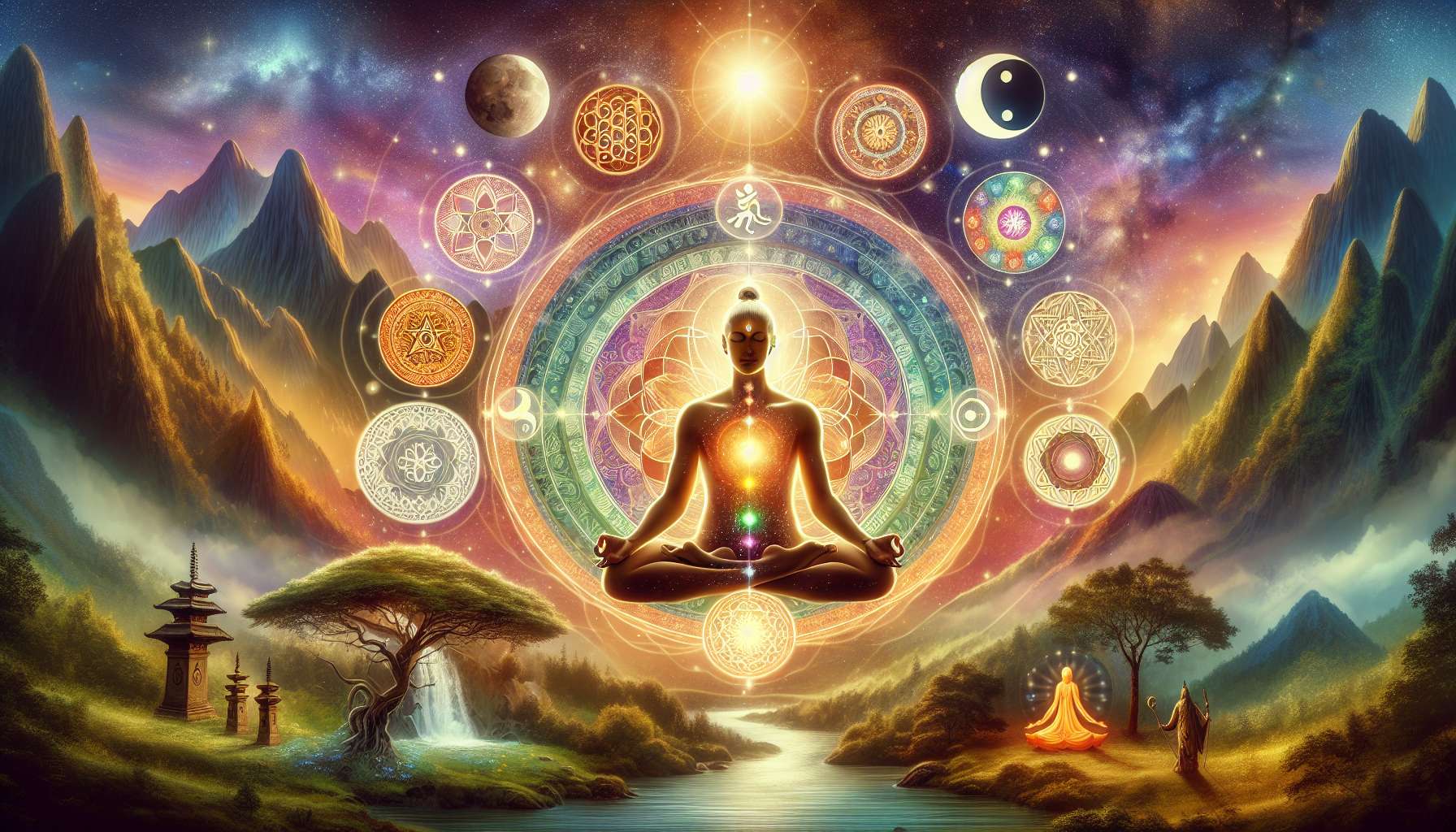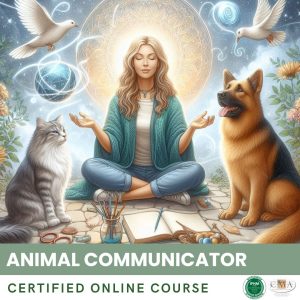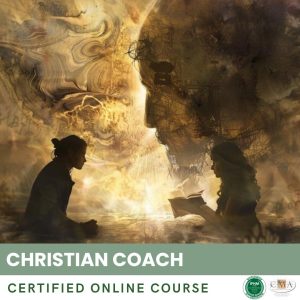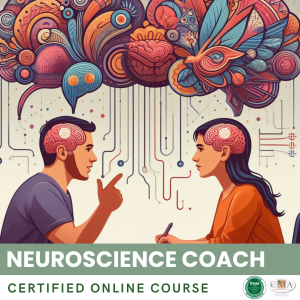The various spiritual traditions around the world offer a rich array of wisdom and practices to nourish our inner journey. Although they express themselves through varied cultural forms, they share common fundamental principles and all aim to reconnect us with our deepest nature.
Buddhism, born in India over 2,500 years ago, is centered on the teachings of the historical Buddha, Siddhartha Gautama. It proposes a path of liberation from suffering through understanding the Four Noble Truths and practicing the Noble Eightfold Path. Meditation, especially mindfulness (vipassana), is at the heart of the Buddhist path. It allows us to develop concentration, wisdom, and compassion to ultimately achieve Enlightenment or Nirvana, a state of inner peace and freedom.
Thich Nhat Hanh, a Vietnamese Buddhist monk, is an inspiring example of the practice of engaged Buddhism. Through his teachings on mindfulness and peace, he has touched millions of people, tirelessly working for reconciliation and dialogue during the Vietnam War.
Hinduism, India’s major religion, is more of a way of life than a unified belief system. It encompasses a great diversity of philosophical currents and spiritual practices. The Vedas and Upanishads, ancient sacred texts, explore the nature of the Self (Atman) and the Divine (Brahman). Yoga, in its multiple forms (bhakti yoga, karma yoga, jnana yoga, raja yoga…), proposes different paths to achieve union with the Divine and liberation from the cycle of reincarnations (samsara).
Ramana Maharshi, a 20th-century Indian sage, embodied the path of non-duality (advaita vedanta). Through his silent presence and his practice of self-inquiry (“Who am I?”), he guided countless spiritual seekers towards self-realization.
Taoism, a Chinese spiritual tradition based on the teachings of Lao Tzu, invites us to live in harmony with the Tao, the original principle of the universe. Through the practice of wu-wei (non-action), the cultivation of spontaneity and simplicity, the Taoist seeks to free himself from desires and attachments to merge with the natural flow of life. Taoist arts such as tai chi or qi gong allow the vital energy (chi) to circulate and nourish the body and mind.
Taoist monks from Wudang Mountain in China have carried on the internal martial arts and alchemical Taoist practices for centuries. Their quest for longevity and spiritual immortality involves a deep connection with the forces of nature and the transmutation of their being.
Sufism, the mystical branch of Islam, emphasizes the love and devotion between the human soul and God. Sufis strive to polish the mirror of the heart to reflect divine attributes through the practice of dhikr (remembrance of God), sacred music, dance, and poetry. The teachings of Sufi masters such as Rumi or Ibn Arabi invite us to transcend the ego self to merge with divine Unity.
Whirling dervishes, a Sufi order founded by Rumi, practice the sacred dance of sama. Dressed in long white robes, they spin incessantly on themselves, right hand stretched out to heaven to receive divine grace, left hand directed towards the earth to transmit it to the world. This ecstatic dance symbolizes the union of heaven and earth, the human, and the divine.
Shamanism, present in many traditional cultures around the world, relies on the shaman’s ability to travel in subtle worlds to interact with nature spirits, ancestors, and invisible forces. Using techniques like lucid dreaming, trance, or the use of sacred plants, the shaman seeks to restore harmony and balance within his community and with the environment. He acts as a bridge between the visible and invisible worlds.
The Shipibo shamans of the Amazon use the sacred chant of the icaros and the medicine of ayahuasca to heal and guide their community. Their ceremonies, rich in visions and teachings, allow for reconnection with the wisdom of the forest and guidance for life.
Each spiritual tradition thus offers unique keys to our inner journey. By exploring them with an open and respectful mind, we can draw valuable teachings to deepen our own quest for meaning and realization. The essential thing is to find the practices that resonate with our heart and to integrate them authentically into our daily lives. For beyond cultural differences, all traditions lead us back to our true nature, to our intimate connection with the Living.
Key Takeaways:
– The various spiritual traditions around the world (Buddhism, Hinduism, Taoism, Sufism, Shamanism) offer a rich array of wisdom and practices to nourish our inner journey.
– Despite their cultural differences, they share common fundamental principles and all aim to reconnect us with our deepest nature.
– Buddhism proposes a path of liberation from suffering through the understanding of the Four Noble Truths, the practice of the Noble Eightfold Path, and mindfulness meditation.
– Hinduism encompasses a great diversity of philosophical currents and spiritual practices, like yoga, to achieve union with the Divine and liberation from the cycle of reincarnations.
– Taoism invites us to live in harmony with the Tao by cultivating spontaneity, simplicity, and non-action (wu-wei).
– Sufism emphasizes the love and devotion between the human soul and God, through practices such as dhikr, sacred music, and dance.
– Shamanism relies on the shaman’s ability to travel in subtle worlds to interact with nature spirits and restore harmony within his community.
– Each tradition offers unique keys to our inner journey. The essential thing is to find the practices that resonate with our heart and integrate them authentically into our lives.
– Beyond cultural differences, all traditions lead us back to our intimate connection with the Living and our true nature.
👉 To download docx (Editable) file click here : Click here
👉 To download PDF file click here : Click here
👉 To download MP3 file click here : Click here







